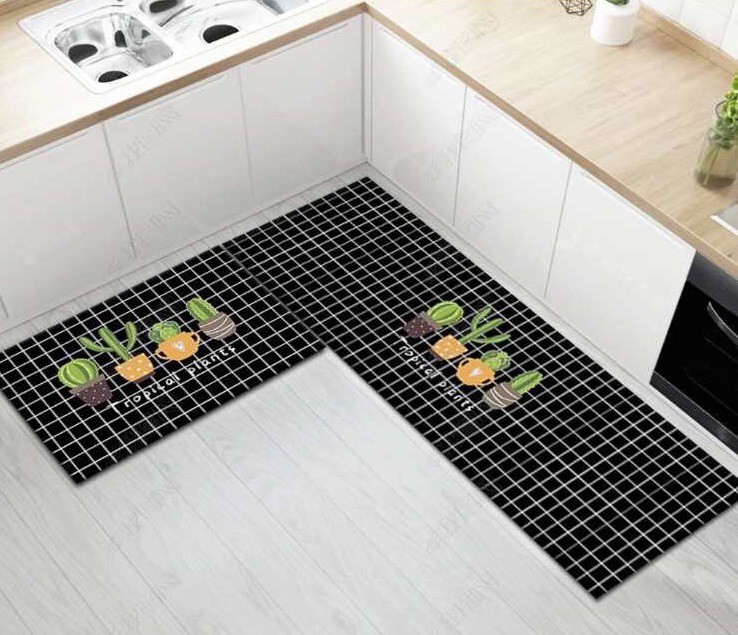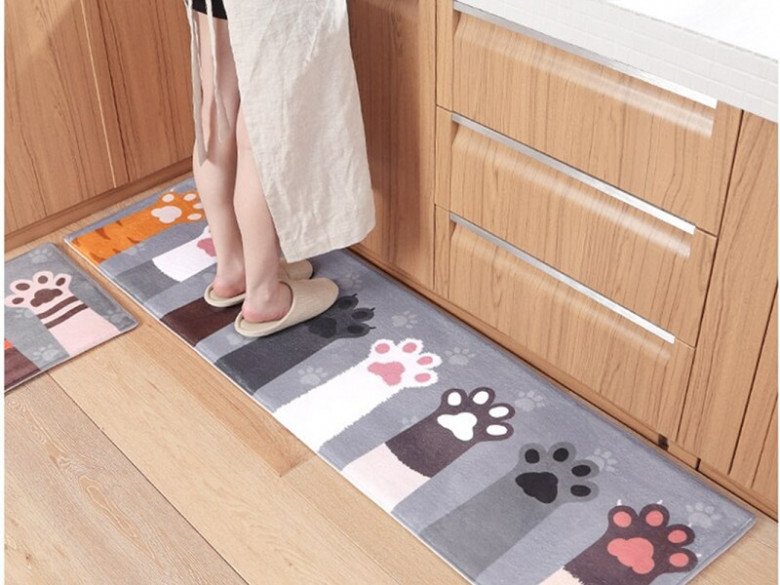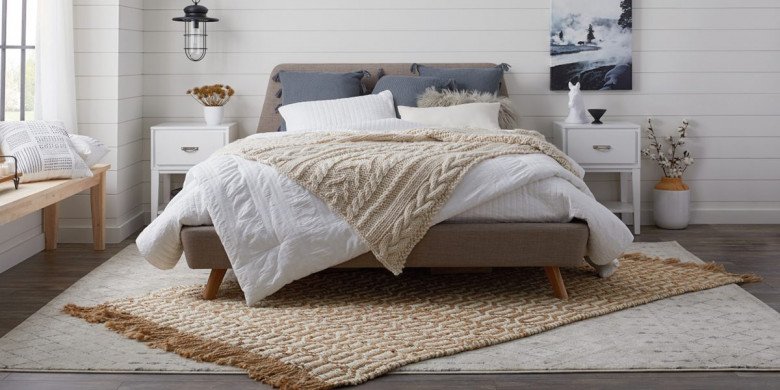
Why You Should Avoid Putting a Rug in Your Kitchen
It’s common for people to consider putting a rug in their kitchen. After all, it can absorb oil splatters and water spills, preventing slippery floors. During winter, it also keeps your feet warm while you’re cooking, and it can even add a decorative touch to the space.
However, there is a flip side to this idea. Some argue that the kitchen is a high-humidity area, prone to grime and stains. A rug here will absorb oil residue, food particles, and bacteria, making it inconvenient for cleaning and maintenance.
Additionally, during cooking, there’s a risk of oil or food dropping onto the rug, creating a breeding ground for bacteria. For these reasons, you should think carefully before putting a rug in your kitchen.

If you still want to go ahead with a kitchen rug, opt for one with good absorbency and a non-slip rubber backing. If possible, choose a rug that’s easy to clean and features anti-stain and antibacterial properties to inhibit the growth of bacteria and mold. Regular cleaning is crucial—aim to wash the rug once a week to prevent bacterial growth.
However, no matter how diligent you are with cleaning, bacteria and dirt can still accumulate over time. Therefore, replacing your kitchen rug regularly is essential to maintaining a hygienic environment. Depending on the material and usage, you should typically replace it annually.

Other Places You Should Avoid Putting a Rug
– In Front of the Main Door
If you live in an apartment or a condominium, placing a rug outside your front door can be inconvenient for your neighbors and may occupy shared space. Additionally, it will be more susceptible to dirt and stains from people coming in and out.
It’s better to place the rug inside, maintaining hygiene without causing any issues for your neighbors.
– At the Bedside
Rugs tend to accumulate dust, mites, and other microorganisms. Placing one at your bedside increases the risk of respiratory issues as you lay your head down to sleep. For individuals with allergies or respiratory conditions like asthma, rugs can trigger allergic reactions or worsen symptoms.
If you insist on having a rug in the bedroom, place it at the foot of the bed, and be sure to clean it regularly.

– In the Bathroom
The bathroom is another area where rugs are not recommended due to the high humidity and poor ventilation. Rugs placed here are likely to absorb moisture, fostering the growth of mold, bacteria, and a musty odor.
Instead, opt for non-slip and easy-to-clean flooring, such as anti-skid tiles, to ensure your bathroom remains dry and hygienic.
Does Air Conditioning Kill Mosquitoes? Unraveling the Mystery Behind Their Absence in Air-Conditioned Rooms
Have you ever wondered why you don’t see mosquitoes when you turn on the air conditioning? Well, wonder no more! The answer lies in the fascinating world of insect behavior and the subtle ways that our environment influences these tiny creatures. Prepare to be enlightened as we unravel this mysterious phenomenon.






































